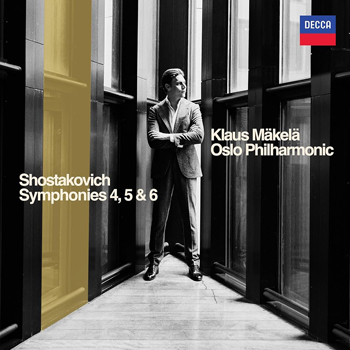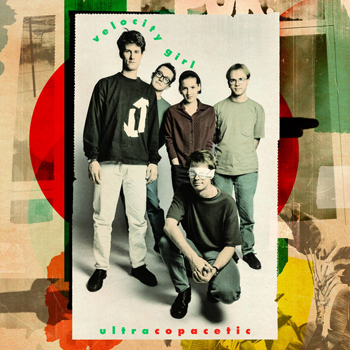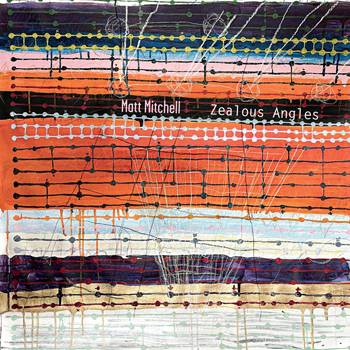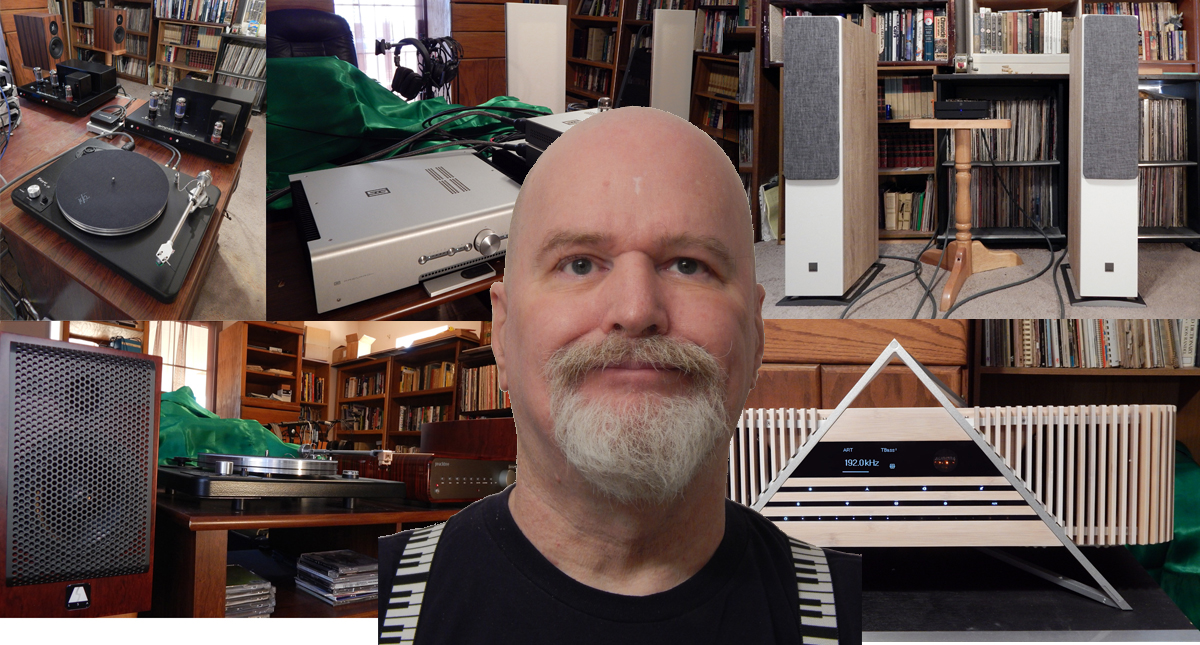Every time I go to an audiophile HiFi show the first question that springs to mind is, “Why is ‘rare aire’ audio so expensive?” I was going to do a video on the subject, but as it turns out, despite my time as an actor, I really don’t like working in front of a camera, so here we are. And as in all things that seem simple, the answer is rather complex. Of course, on the surface, you have the basic answer of; because there are people who can afford it and are willing to pay for it. There is also the law of diminishing returns, which means to get incremental improvement, you have to spend an exponential amount of resources. There is also the simple fact part costs. Not only do you have the issue that better components simply cost more, often to achieve the level of performance you are going for you have to toss out the bulk of the components that don’t meet the necessary spec. Take the example of an amplifier, if you want to make an amplifier that eschews negative feedback, only about 1% of the transistors will accommodate the necessary tolerances, and the manufacturer will not take back the rejects as long as they meet their advertised spec, and while it is possible to resale the defects to someone who doesn’t care about such things, this is only really practical if you are part of a larger company that has a lower division to use them, as you would have to resale them at a significant loss, and the manufacturer would see this as competition underselling their price and would probably stop selling them to you at all.
That being said, the most significant reason for the ever-rising cost of high-end audio is an ever-shrinking market, and to understand that we need a bit of a history lesson. Back in the 70’s three things occurred which had a significant impact on the audiophile market.
First, there was the end of ‘fair trade’, basically in many states, it became illegal for the manufacturer to set the retail price of an audio product. The fallout from this was most of the small dealers were not able to compete with the mega-chains that were able to buy quantities that allowed them to dictate price letting them resale at a price often lower than the small dealer’s wholesale cost, which in turn caused the smaller dealers to disappear. This, in turn, meant that smaller American audio manufacturers who couldn’t meet the production and pricing requirements of the large retail chains, who really weren’t interested in sound quality anyway, lost their retail outlet and also disappeared (though many continued on in name only as they were bought up by larger manufacturers for their brand recognition).
Secondly, much of the audiophile community grew out of the hobbyist community, and by the ’80s the hobbyist community had moved away from audio and into computers.
And thirdly, there was the invention of the Compact Disc, which lowered the bar for overall audio performance, as CDs often sounded worse on high-resolution systems than they did on low-resolution systems.
Luckily, in the late ’80s, people like Mike Moffat began designing enhanced-resolution CD players and DACs, which as well as a resurgence of analog playback systems saw an influx of new audiophile products that were serviced by hold-out small audiophile dealers, but for a much-reduced market. Then came the rise of Home Theatre and custom install which brought with it a strange phenomenon, the audiophile industry began turning away young nascent audiophiles in favor of more cash-flush older customers, so in a very real sense the industry has done this to themselves.
All of this leads to the basic fact that the primary cost of a product is not the parts or the marketing, but the development of that product. It is not unusual for a company to spend thousands of hours and millions of dollars on the development of a new product, especially for the extreme high-end of audio. So if you spend a million dollars developing a product that might have sold to 100,000 people in the ’70s, you might have had only 10,000 potential customers, and only 1,000 potential customers now, with possibly only 10 early adopters, which means that million dollars needs to be spread over those 10 customers, so if you only have 10 customers and the product costs you a million dollars, you need to charge $100,000 to break even.
Now on to the music:

“West Georgia Blues” (24-bit/96kHz – Qobuz) by Jontavious Willis opens with an acapella cover of the eponymous title track. This is followed by soulful steel string acoustic guitar for “Charlie Brown Blues” with tremolo vocal stylings that put me in mind of T-Rex’s Marc Bolan. “Broken Hearted Moan” was more traditional Mississippi Delta blues, while “Keep Your Worries On the Dance Floor” had a bit of a Rockabilly feel. Each track was a new pleasant surprise like a tour of early Blues touching everything from Honky Tonk to Rock & Roll.

Klaus Mäkelä and the Oslo Philharmonic Orchestra’s performance of “Shostakovich: Symphonies 4, 5 & 6” (24-bit/96kHz – Qobuz) has a dramatic cinematic feel with its tight frantic pacing and extreme dynamics. There is an eerie haunting thrill to the composition “Symphony No. 4 in C Minor, Op. 43” enhanced by a subtle and nuanced rendition eliciting visions of Hitchcock. “Symphony No. 5 in D Minor, Op. 47” has a flavor of isolation and romance appropriate to a Bedouin epic. And finally, “Symphony No. 6 in B Minor, Op. 54” offers up the power of a historical drama.

Next on the bill was a bit of early ’90s grunge in the form of Velocity Girl and a re-engineered remix of their 1993 debut album entitled “UltraCopacetic (Copacetic Remixed and Expanded)” (24-bit/96kHz – Qobuz). A quick comparison to the original definitely tags this as an improvement, with a larger soundstage, greater dynamics, and higher clarity. Each song features an interesting mix of style alternating clean undistorted sound with hard-hitting grunge and angelic ethereal female vocal.

I followed this up with a dose of avant-garde Jazz, Matt Mitchell’s “Zealous Angles” which seemed like the perfect title to encapsulate the jarring arrhythmic piano-centric compositions within. Both the upright bass and percussion appear to catch the vibe of long pause and dramatic chord sequence. My only complaint about the piece is a lack of change of style, while there are slow and fast passages, all 17 songs are of a piece and could just as easily be one continuous song rather than 17 shorter ones.
Well, that’s it for this month, until next time, remember it’s all about the music!
Reference system used in this review: LSA VT-70 Tube Integrated Amp, Audio-gd R2R-1 DAC, Black Dragon Cables, Core Power Technologies A/V Equi=Core 1000, Vera-Fi Audio VBH-1 (Vibration Black Hole) isolation feet, XSA-Labs Vanguard Loudspeakers, two Veri-Fi Audio LLC Vanguard Caldera 10 Active Subwoofers, and Dan Clark Audio E3 Planar Magnetic Headphones
HiFiAudio.Guru Playlist: https://open.qobuz.com/playlist/10673532








Leave a Reply
Want to join discussion?
Feel free to contribute!